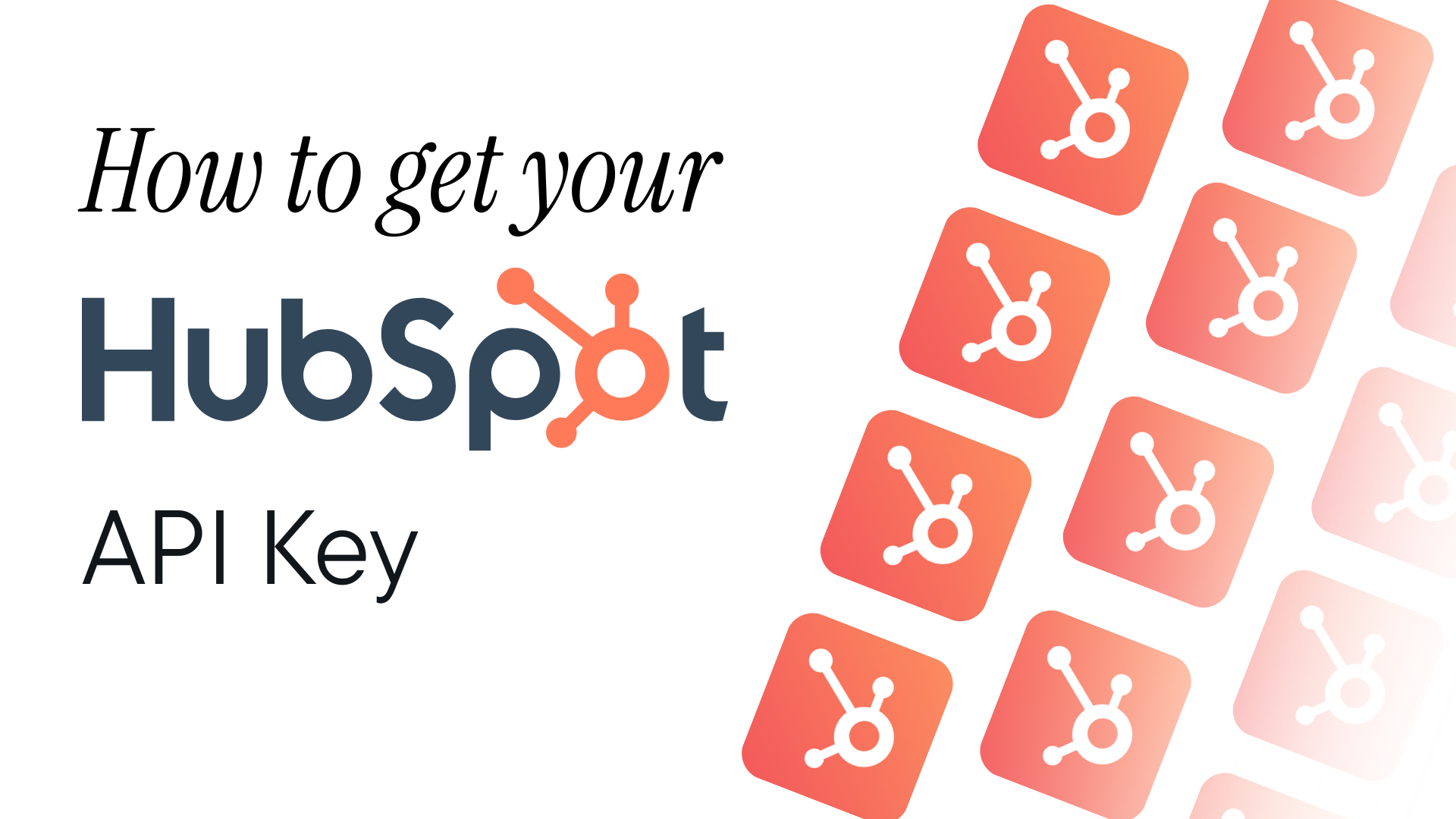Choosing the right Unified API platform isn’t just about the tech specs. Sure, that part matters, but once you’ve ticked the technical boxes, you’re not done. Next comes a critical decision: picking the right pricing model.
Why? Because it directly impacts your margins and determines how your business scales. Pick wrong, and you'll either lose money on heavy users or price out customers who just need basic syncing.
Merge charges per connected account. Predictable, but it gets expensive fast if customers want multiple connectors or sync frequently. Apideck charges per API call, so you pay for what you actually use. We also offer per-customer pricing if you want anticipated costs. The difference matters for your engineering decisions. Per-account pricing means you'll optimize for fewer connections. Usage-based pricing means customers can connect to as many platforms as they need and pull data whenever they want.
Your Unified API costs should match how customers actually use your product. In this article, we’re breaking down the major differences between account-based and call-based pricing so you can choose what works best for your use case.
Merge.dev’s Pricing Model Explained
Merge bills you based on Linked Accounts, which means each account your customer connects (e.g., NetSuite, BambooHR, Xero) is a paid connection.
-
$650/month covers up to 10 Linked Accounts
-
After that, it’s $65/month per additional linked account

Whether your customer sends 1 request or 100,000, you still pay the same. You’re charged for the existence of the connection, not what it does.
Example:
-
10 customer connections → $650/month
-
20 connections → $1,300/month
-
50 connections → $3,250/month
It adds up fast. And the price scales whether your customers use it heavily or barely at all.
(Merge may offer volume-based discounts depending on usage or contract terms)
How Apideck Handles Usage
Apideck does it differently.
We charge based on actual API call volume, not on how many customers you connect or how many integrations you offer.
-
Launch plan: $299/month or $269/month billed annually
-
Includes access to 1 Unified API (e.g., Accounting, CRM, HRIS)
-
All connectors in that category are included (e.g., Xero, QuickBooks, Sage)
-
10,000 API calls/month included

You’re only billed for what gets used. No connection limits. No per-customer penalties.
Let’s Break It Down with Real Examples
Startup with Light Usage
-
10 customers
-
Each connects to 2 integrations
-
500 API calls per integration/month → 10,000 total calls
Merge: $1300/month → $15,600/year
Apideck: $269/month (annual) → $3,228/year
Savings: $12,372/year
Growing SaaS Platform
-
25 customers
-
2 integrations each
-
~50,000 API calls/month
Merge: 25 linked accounts (+2 integrations for each) = $3,250/month → $39,000/year
Apideck (Growth plan): $539/month billed annually → $6,468/year
Savings: $32,532/year
When Merge's Model Might Make Sense
Not every use case favors usage-based pricing. If your product serves a small number of customers who generate extremely high volumes of API calls, Merge’s per-account model could be more cost-effective.
Let’s say you have 3 enterprise customers, each connecting once but syncing data millions of times per month.
With Merge, you will pay $650/month total.
With Apideck’s usage-based model, you might need a high-volume custom plan based on API call thresholds.
In that case, paying per connection, rather than per call, could save money.
But these edge cases are rare. Most SaaS companies, especially SMBs, grow by adding customers and offering more integrations.
What Our Data Shows: The Real API Usage of SMBs
Most companies don’t know how many API calls to expect from their customers until they’re deep into integration. That makes forecasting and choosing the right pricing model difficult.
So we did the work for them.
We analyzed usage data from hundreds of SMBs across industries over the past year. Here’s what we found:
-
Most companies use 1 API category (e.g., Accounting)
-
Their customers collectively generate around 50,000 API calls per month
With that profile in mind, here’s how Apideck compares to Merge:
Typical SMB Scenario (Based on Real Usage)
Setup:
-
25 customers
-
Each connects to 2 integrations in 1 category
-
Total: 50 linked accounts, 50,000 API calls/month
Apideck:
-
Growth Plan → $599/month
-
Includes 2 Unified APIs + 50,000 API calls/month
-
Total: $7,188/year
Merge.dev:
-
10 connections included → $650/month
-
40 extra connections × $65 = $2,600/month
-
Total (month): $650 + $2,600 = $3,250/month
-
Total (year): $39,000/year
Net Savings with Apideck: $31,812/year
Practical Advantages of Usage-Based Pricing
Usage-based pricing aligns with how your product grows:
-
You’re charged for what’s used, not what’s connected
-
Adding more integrations doesn't increase cost
-
Pricing scales with adoption, not assumptions
-
Easy to budget, forecast, and optimize around
Whether you're onboarding 5 customers or 500, usage-based billing gives you the flexibility to scale without arbitrary penalties.
Debunking Common Myths About Usage-Based Pricing
“API call pricing is unpredictable”
There’s a perception that usage-based models lead to fluctuating bills and budgeting uncertainty. That can be true in edge cases, especially for products with spiky traffic or variable usage patterns. But for most SaaS platforms, API usage tends to follow consistent patterns once live. Apideck’s plans include generous call thresholds, and any overages are transparent and tiered. Instead of guessing how many users might connect, you scale pricing based on what’s actually used, which makes your costs more proportional and fair over time.
“Per-connection pricing is more predictable and easier to forecast.”
It’s true that charging per connection gives you fixed costs upfront. But that predictability often comes at the expense of flexibility and efficiency. You’ll pay the same regardless of whether customers use the integration actively or not. Usage-based pricing may require initial monitoring, but once baselines are established, it can offer clearer value alignment and better incentives to optimize integration performance.
“Flat pricing per account avoids surprise overages.”
Yes, flat pricing offers certainty, but it often favors the vendor, not the customer. You might be paying hundreds per connection even when usage is minimal. For companies serving smaller customers or offering integrations as a value-add rather than a core feature, usage-based pricing ensures you're only paying for what's consumed. That means more budget for growth, not waste.
“Charging per linked account better reflects customer value”
In some cases, such as low-volume, high-value integrations, per-account pricing may feel more intuitive. But most real-world use cases vary widely in traffic per account. One customer might connect two systems and barely touch them, while another might sync data thousands of times per day. API call pricing better mirrors actual backend load and engineering impact, so you're aligning cost with real value, not just theoretical usage.
Built to Scale Without Penalty
Pricing should reward product success, not punish platform adoption. With per-connection pricing, every new customer costs you, regardless of engagement. That forces you to make trade-offs: limit integrations, throttle features, or increase end-user pricing just to stay afloat.
With API call-based pricing, you don’t need to guess what customers might do. You only pay for what they actually use. That makes your pricing fair, predictable, and defensible.
Real-World Impact
Let’s say you're building a B2B SaaS product that integrates with Xero and QuickBooks. You’ve got 30 customers and most of them syncing data weekly. With Merge, you’re paying around $2,000/month whether they use it or not. With Apideck, you’re likely under the 50,000-call threshold and paying just $599/month on the Growth plan.
That’s not a small difference. That’s room to hire, reinvest, or extend your runway.
| Merge.dev | Apideck | |
|---|---|---|
| Billing Basis | Per Linked Account | API Calls (usage-based) |
| Base Price | $650/month (up to 10 accounts) | $299/month |
| Additional Cost | $65 per linked account | None per connector |
| Connector Access | Paid per connection | All included in Unified API |
| Growth Alignment | Flat per connection | Scales with actual usage |
How Pricing Impacts Your Engineering Strategy
Your pricing model doesn’t only affect your finance team—it shapes engineering choices.
With customer-based and per-connection pricing:
-
You may discourage power users to avoid cost spikes
-
Engineers build custom throttling logic to stay under limits
-
You often delay integration rollouts to justify the cost
With usage-based pricing:
-
You optimize for value, not cost avoidance
-
Your team can release more integrations confidently
-
You maintain simple, predictable billing logic tied to actual traffic
Apideck’s usage-based model gives you that freedom. No engineering workarounds. No guessing games.
Prefer to Price by Customer? No Problem.
While usage-based billing gives you the most flexibility, we understand that some companies prefer to forecast based on active customer count. That’s why we offer a simple, transparent customer-based pricing model with no penalties for multi-integration use.
Here’s how it works:
-
You’re charged per active customer, not per integration.
-
Customers can use multiple API categories (e.g., CRM, HRIS, Accounting) without increasing your cost.
-
You can switch between usage-based and customer-based pricing anytime. Test both, find what fits, and grow with confidence.
Transparent Customer-Based Plans
| Plan | Customers Included | Price |
|---|---|---|
| Launch | 10 | $299/month |
| Growth | 25 | $599/month |
| Scale | 50 | $10,000/year |
| Enterprise | Custom volume | Custom pricing |
There are no extra fees for integrations. Whether your customer connects to one API category or three, your cost doesn’t change. That means you can support more use cases, deliver more value, and stay in control of your margins.
Built to Evolve With You
What makes Apideck unique is flexibility. You’re not locked into a pricing model forever. If your product shifts or usage patterns change, you can move from call-based to customer-based billing or back without friction.
Bottom Line
No matter how you prefer to grow, by usage or by customer, you’re never paying for inactive connections, gated integrations, or fixed assumptions. You get one integration platform, two pricing models, and the freedom to choose what works best for your business.
In addition to competitive pricing, our platform stands out through distinct technical and experiential advantages. First, we deliver real-time data, minimizing latency and ensuring data freshness across integrations, which is an essential requirement for customers.
Second, we place a strong emphasis on developer experience. From robust SDKs and comprehensive documentation to streamlined onboarding and sandbox environments, everything is designed to reduce friction for engineers. This developer-first approach not only accelerates integration timelines but also strengthens retention among technical stakeholders evaluating platforms.
You don’t need to choose based on assumptions. With Apideck, you can test both models, compare real usage, and evolve with confidence. Read our guide on how to choose the best pricing model for your API strategy.
Apideck lets you move fast without running up the bill.
Want to see how this would apply to your product? Talk to us and we’ll run the numbers together.
Ready to get started?
Scale your integration strategy and deliver the integrations your customers need in record time.








